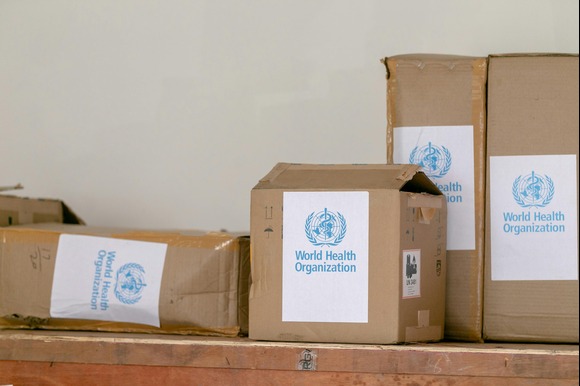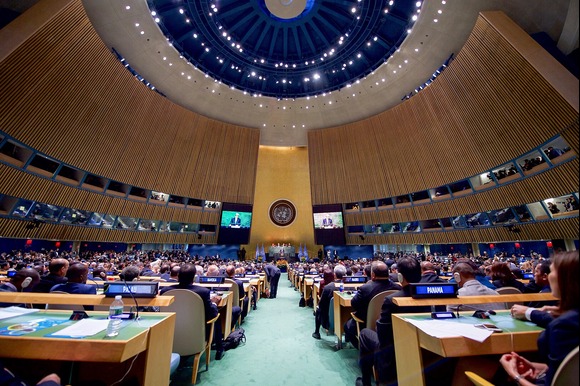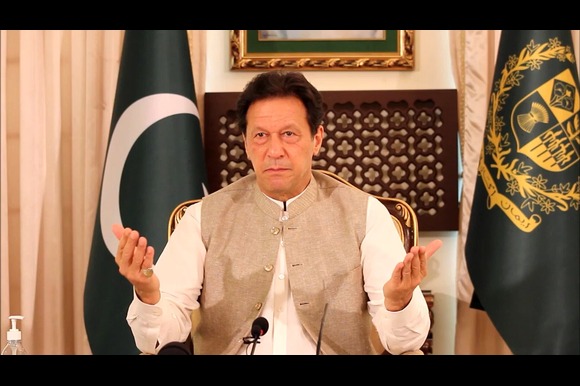
On the occasion of International Women’s Day, the World Health Organization (WHO) issued a call to action on Saturday, advocating for the realization of equal rights, power, and opportunities for all women and girls.
Saima Wazed, the Regional Director for WHO South-East Asia, stated, “This year’s theme, ‘For ALL women and girls: Rights. Equality. Empowerment,’ emphasizes the need for actions that ensure equal rights, power, and opportunities for all women and girls, aiming for a future where no individual is marginalized. Empowering youth, especially young women and adolescent girls, is fundamental to this vision.”
She also highlighted that this year marks the thirtieth anniversary of the Beijing Declaration and Platform for Action, which she referred to as “the most progressive and widely endorsed framework for women’s and girls’ rights globally.”
Wazed stressed that the growth and development of South-East Asia are “inextricably linked” to the health and well-being of women. “In South-East Asia, we acknowledge that the advancement of our societies is closely tied to the health and wellness of women. The second pillar of our Regional Roadmap for Results and Resilience advocates for increased investment in women and girls, recognizing the ‘historical discrimination’ and the unique challenges they face both individually and collectively. The Roadmap calls for ‘investment in, and collaboration across, health-affecting sectors, such as education, water and sanitation, and pollution,” she remarked.
Additionally, she noted significant progress in women’s welfare, indicating that the gender gap in women’s labor force participation in the South-East Asia region has diminished. Furthermore, both the total fertility rate and the maternal mortality ratio (MMR) have seen substantial reductions.
In the South-East Asia region, there has been a notable reduction in the gender gap regarding women’s participation in the labor force across most nations. Over recent decades, the total fertility rate has declined in the majority of countries within the region. Additionally, the maternal mortality ratio (MMR) has seen a significant decrease—41 percent from 2010 to 2020 in the region, compared to a 12 percent decline globally. The region is indeed progressing towards meeting the Sustainable Development Goal (SDG) target for MMR by 2030, she stated.
Citing the 2024 WHO global survey report, she commended the guidelines and policies established by South-East Asian countries concerning sexual and reproductive health, family planning, contraception, and the treatment and counseling of sexually transmitted infections (STIs). The report indicates that all nations in South-East Asia have developed national guidelines and policies addressing these critical areas. Furthermore, gender and health have been prioritized in the current WHO South-East Asia Region Country Cooperation Strategies with member states, she added.
Moreover, Saima Wazed emphasized the ongoing challenges faced by women, particularly concerning physical and sexual violence. “In our region, all countries score high on the global Gender Inequality Index. Approximately 40 percent of women have encountered physical and/or sexual violence during their lives. This situation exacerbates the risks associated with communicable diseases such as HIV and STIs, as well as mental health issues. During crises and emergencies, women’s access to healthcare is often more severely impacted than that of men, due to various factors including mobility restrictions and economic instability,” she remarked.
Approximately 60 percent of the population in our country resides in rural regions, with a notable number being women. These rural areas encounter distinct challenges in accessing healthcare services, such as a lack of comprehensive services, inadequate health infrastructure, and a limited workforce. These challenges are further intensified for women, who experience compounded disadvantages related to gender, along with socio-economic barriers and cultural norms that hinder their access to healthcare, Wazed stated.
She also mentioned that the World Health Organization (WHO) is implementing the 4P (Promote, Provide, Protect, and Perform) strategy to enhance the safety and health of women.
To safeguard and advance the health of women and girls, the WHO South-East Asia Region is utilizing the ‘4P’ framework: Promote: Encouraging investment in women and girls across health and related sectors such as education, water, and sanitation. Provide: Focusing on unmet health needs and addressing barriers to access for women and girls. Protect: Increasing female representation in decision-making processes to foster inclusive policy development and preparedness. Power and Perform: Identifying health risk hotspots for women and girls to facilitate targeted interventions, Wazed explained.
“On International Women’s Day, let us pledge to uphold the rights, equality, and empowerment of all women and girls across South-East Asia and beyond,” she concluded.




